R
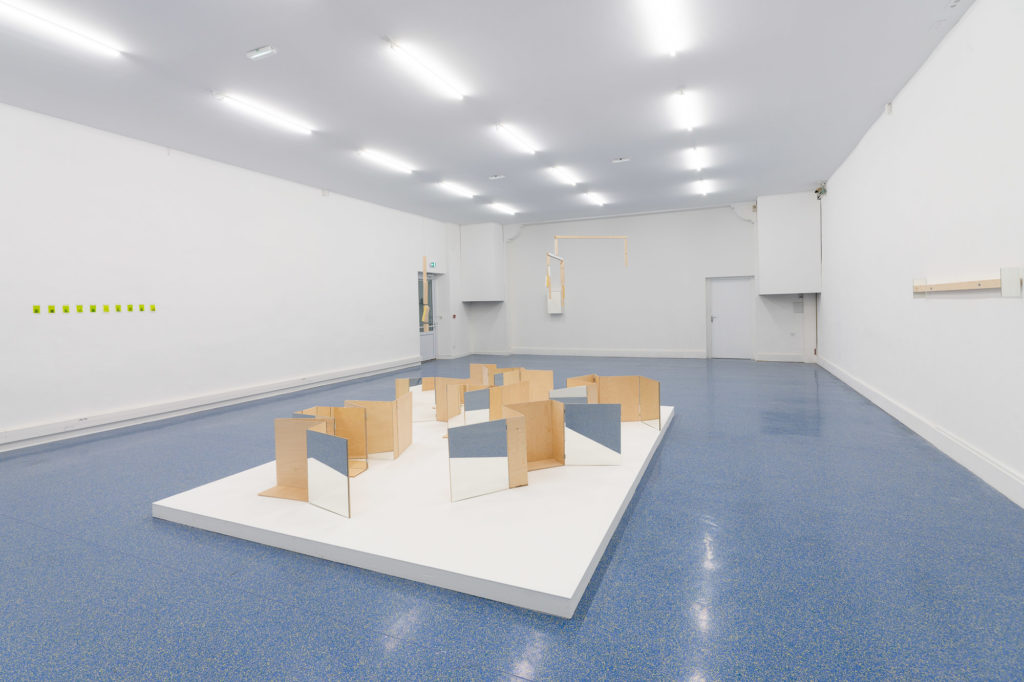
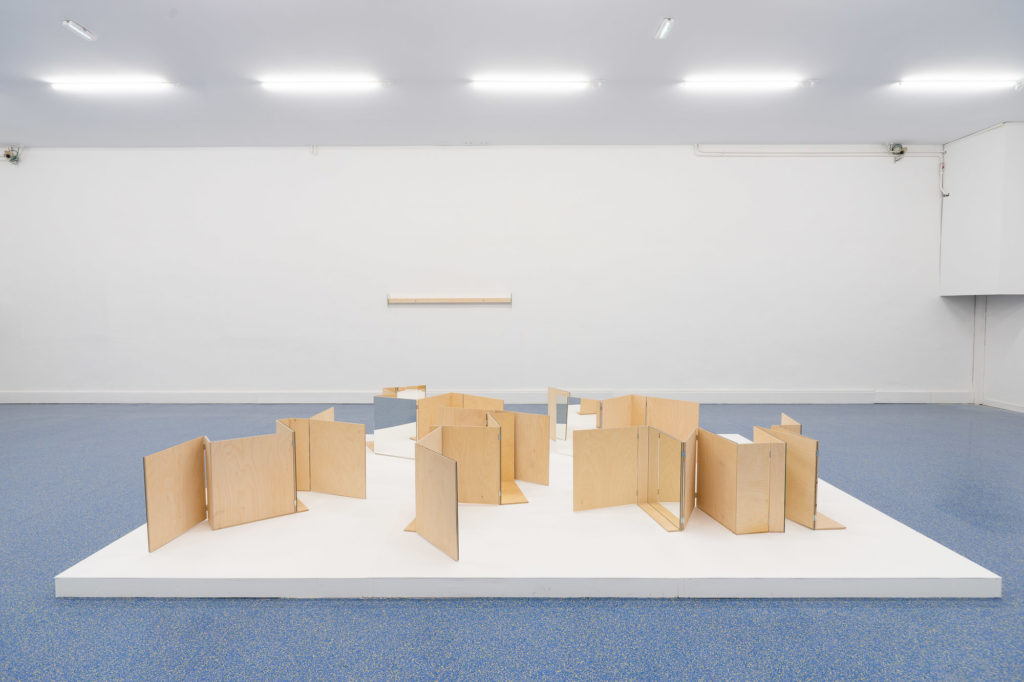
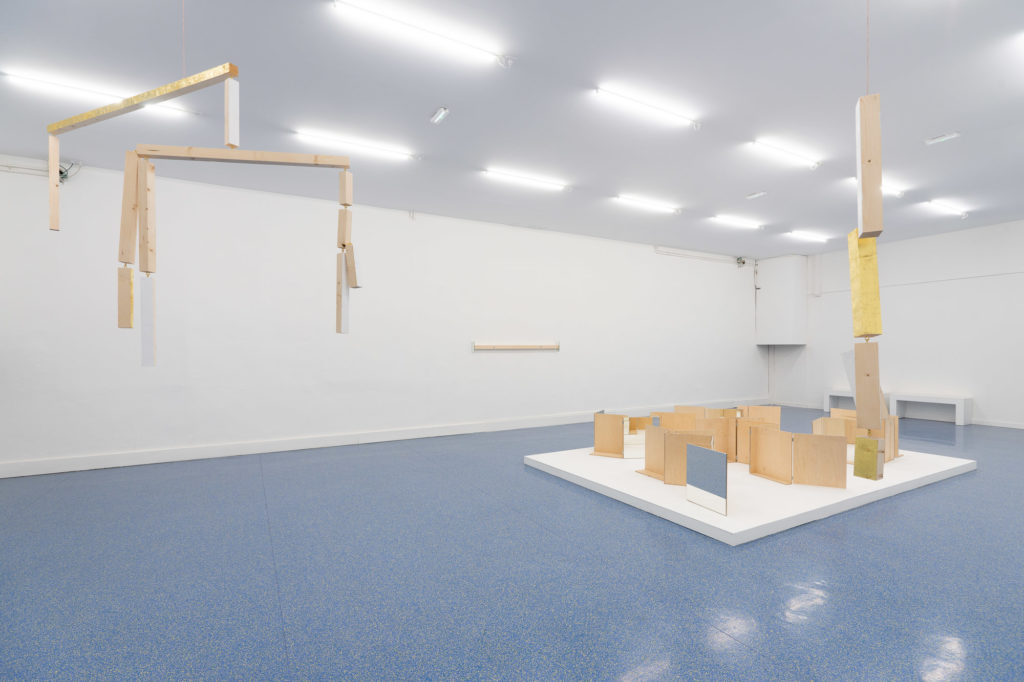
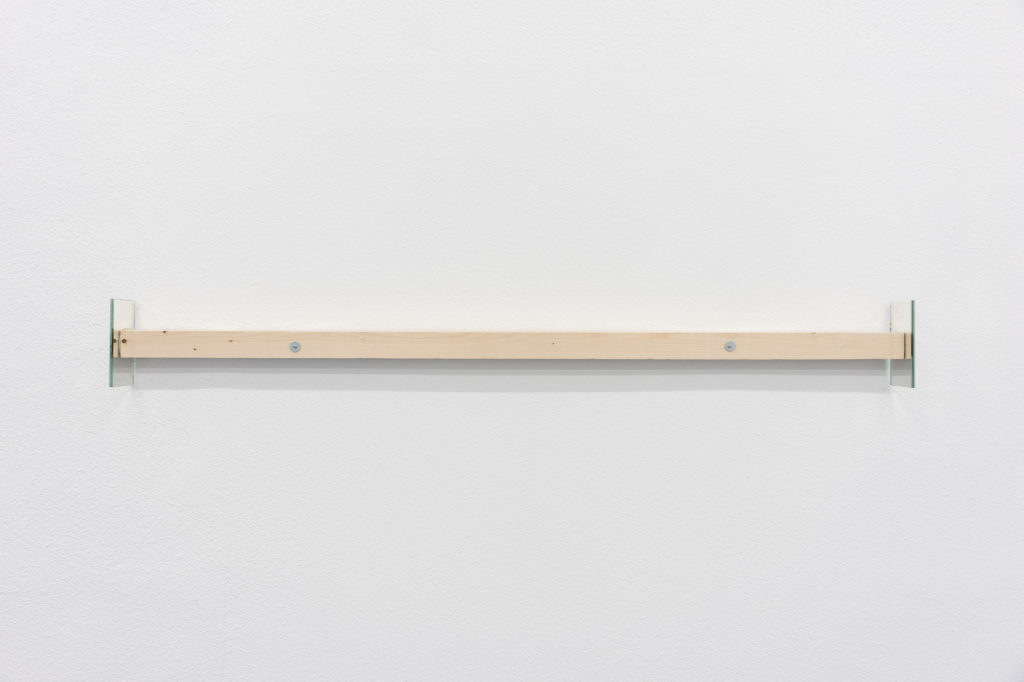
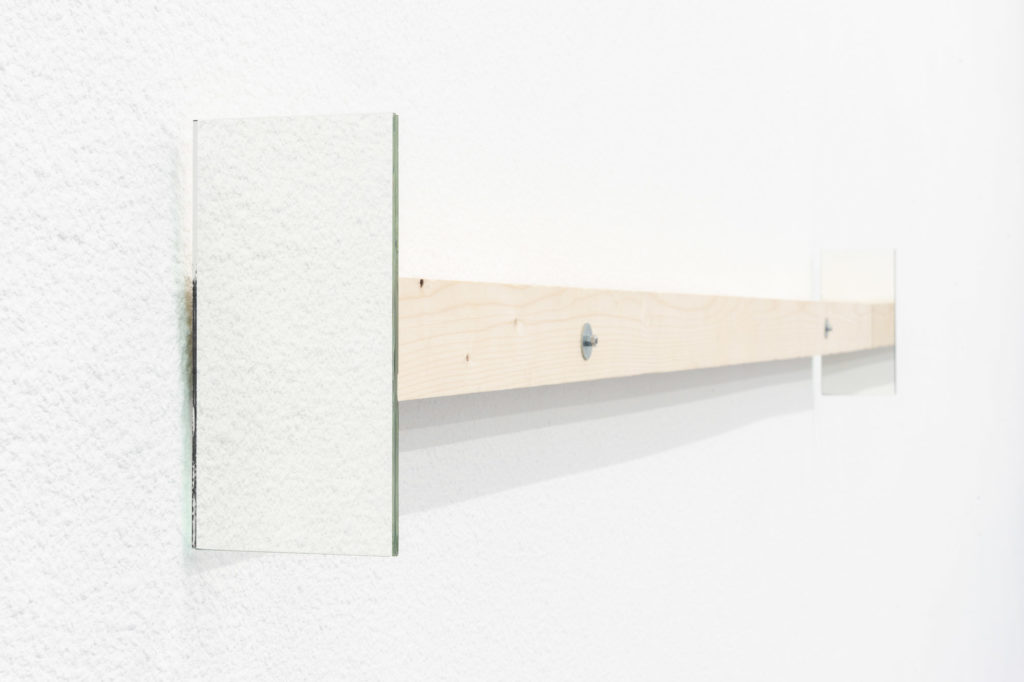
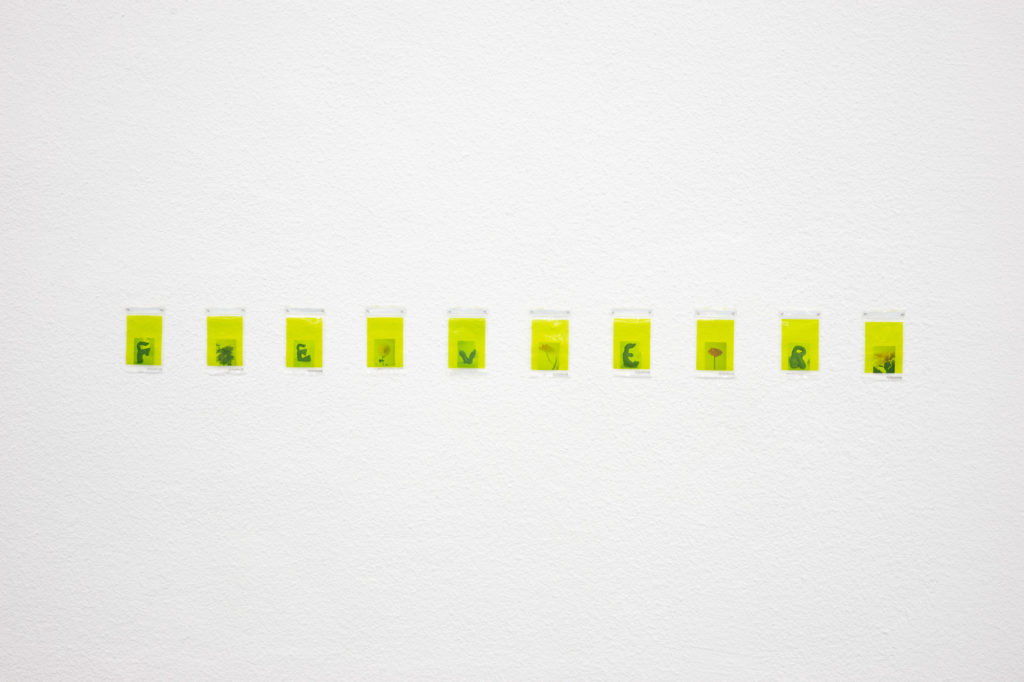
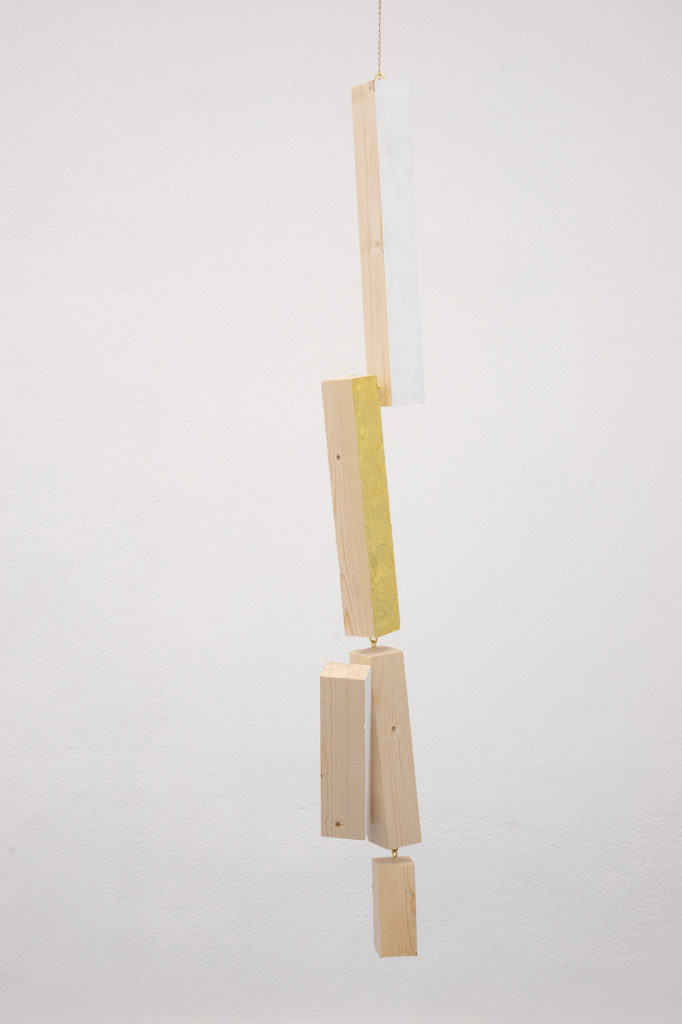
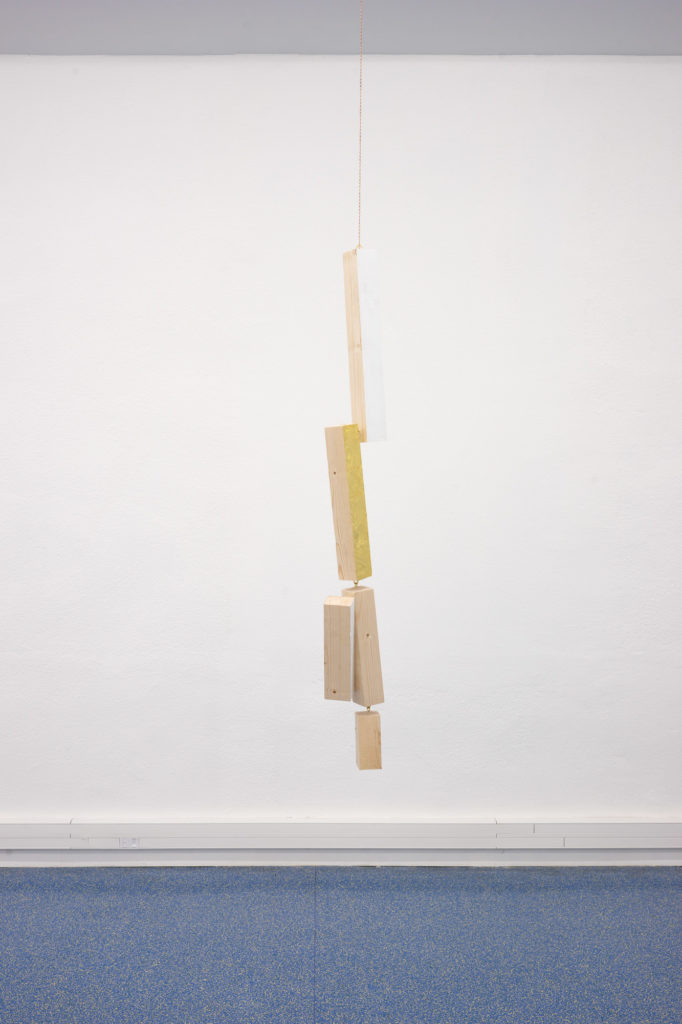
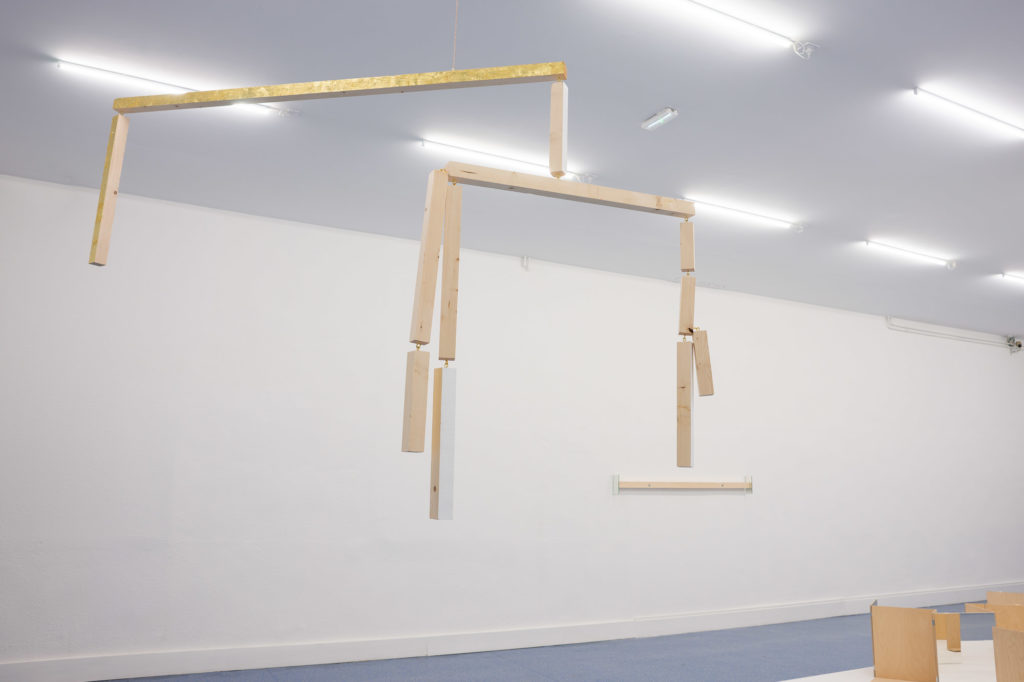
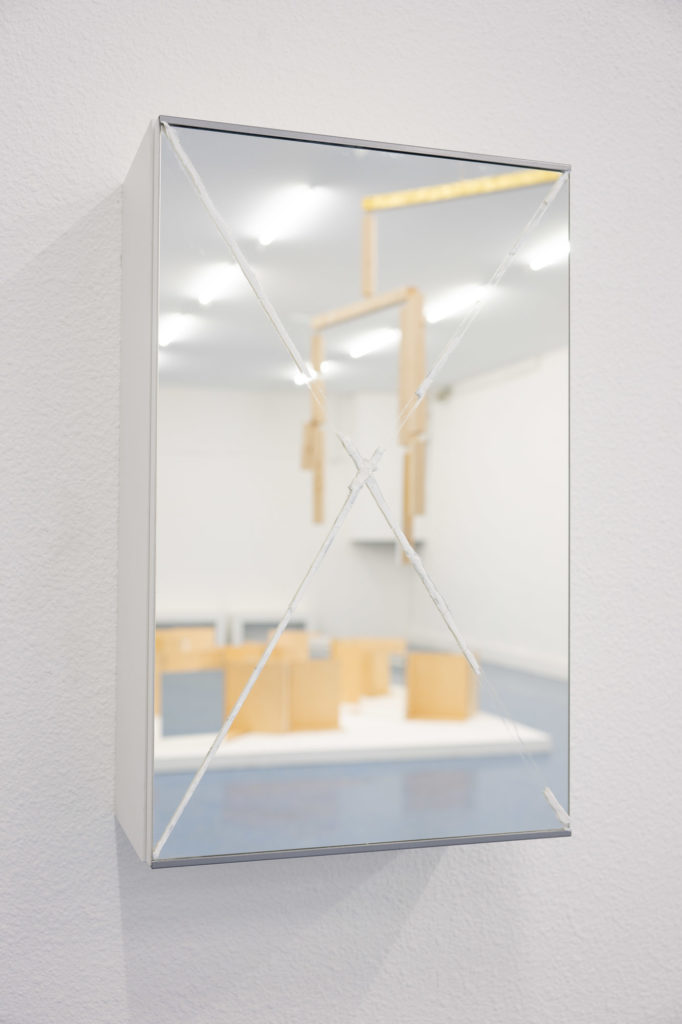
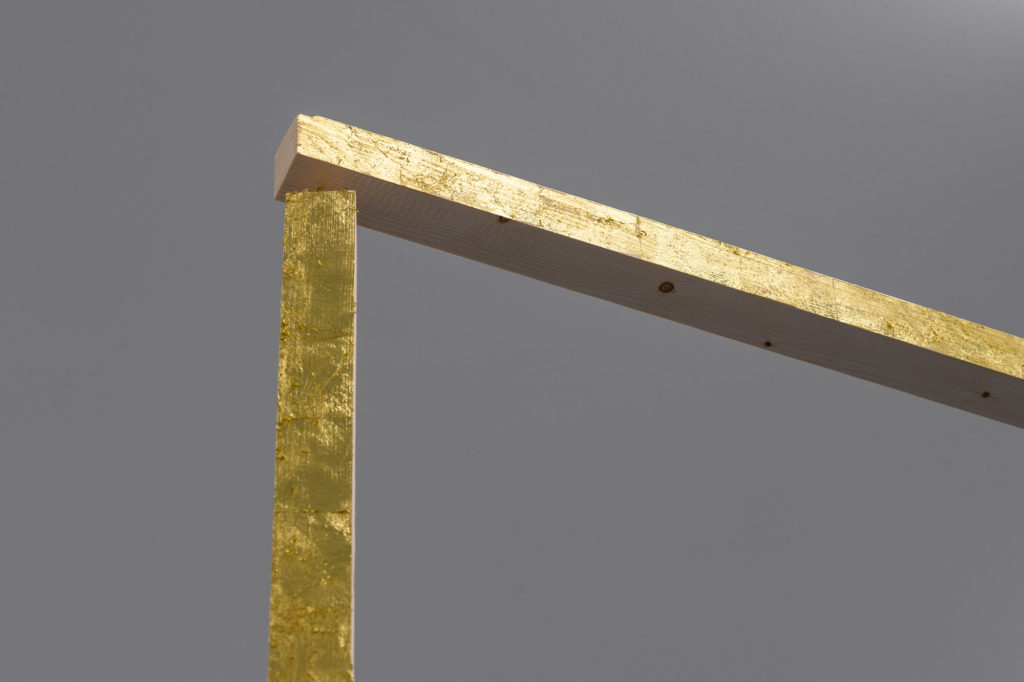
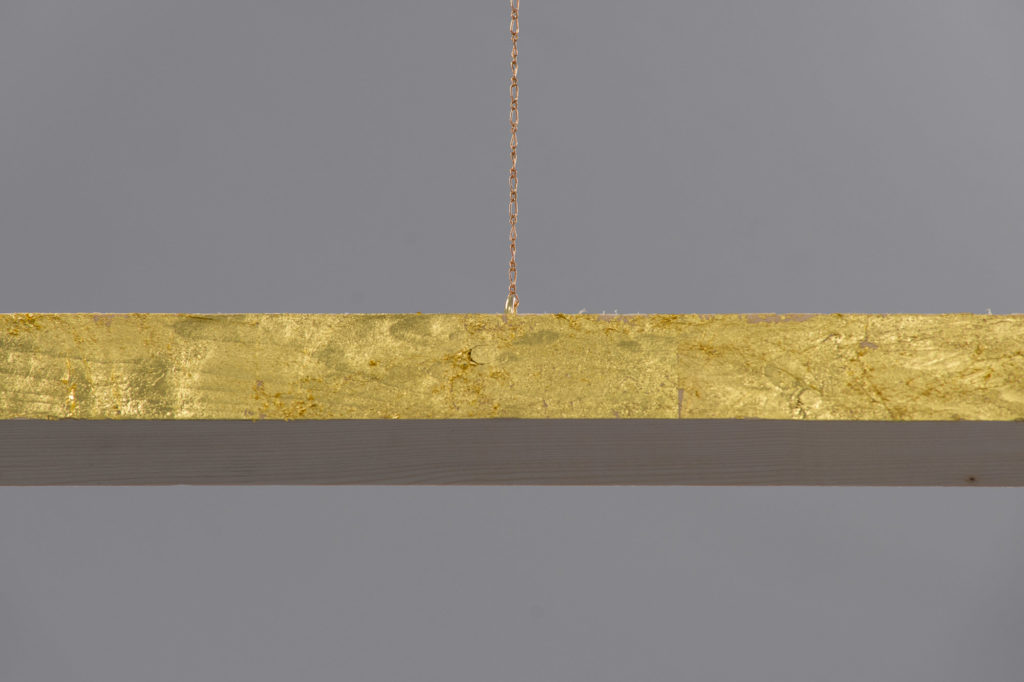
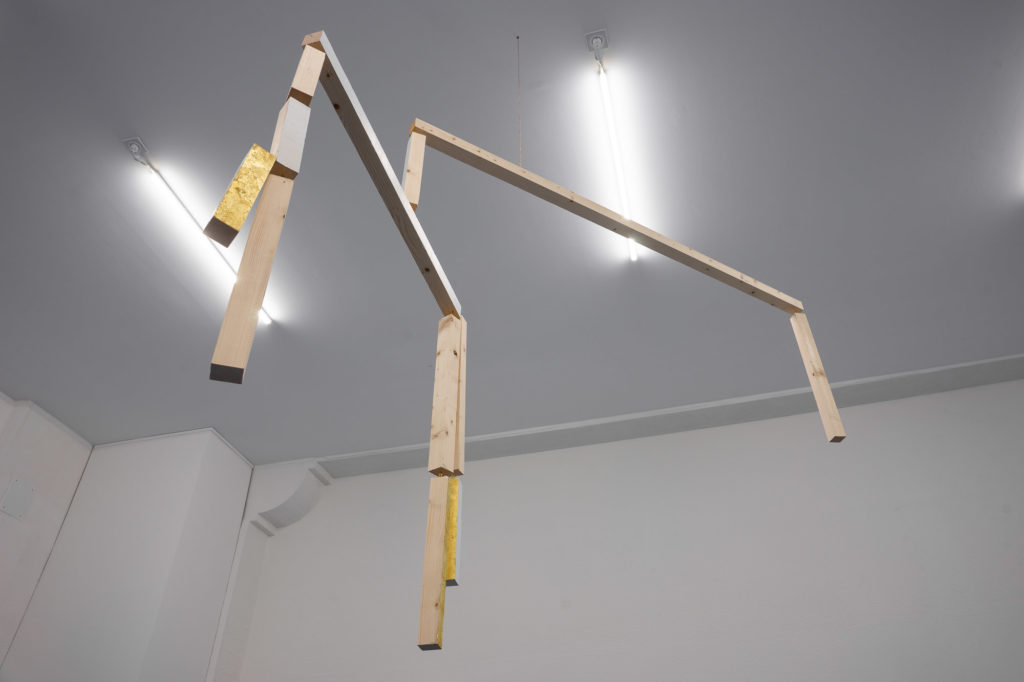
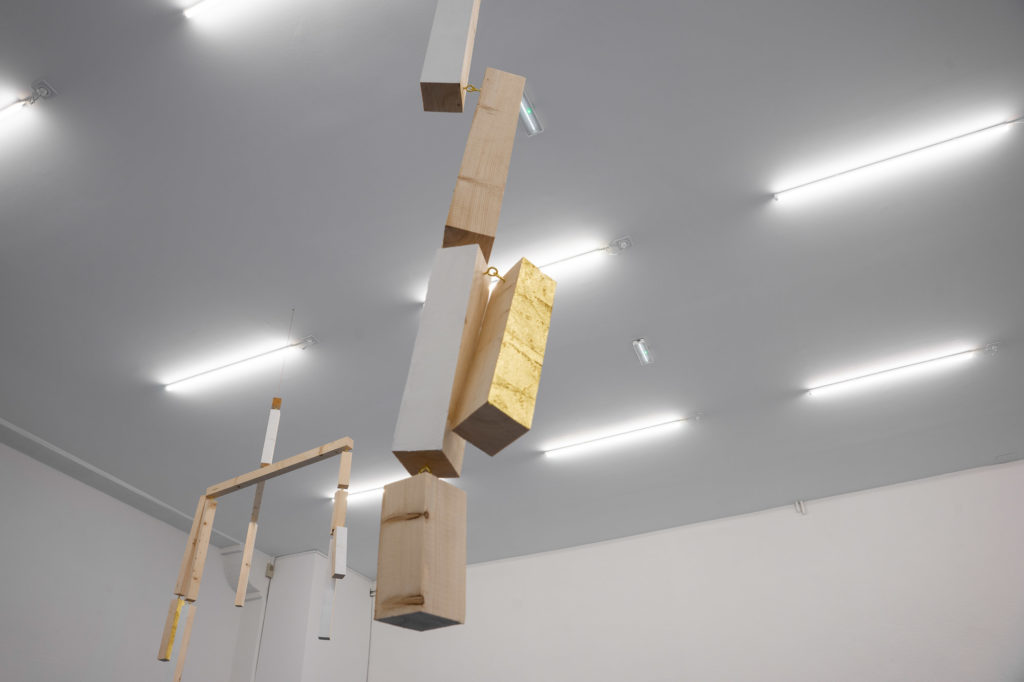
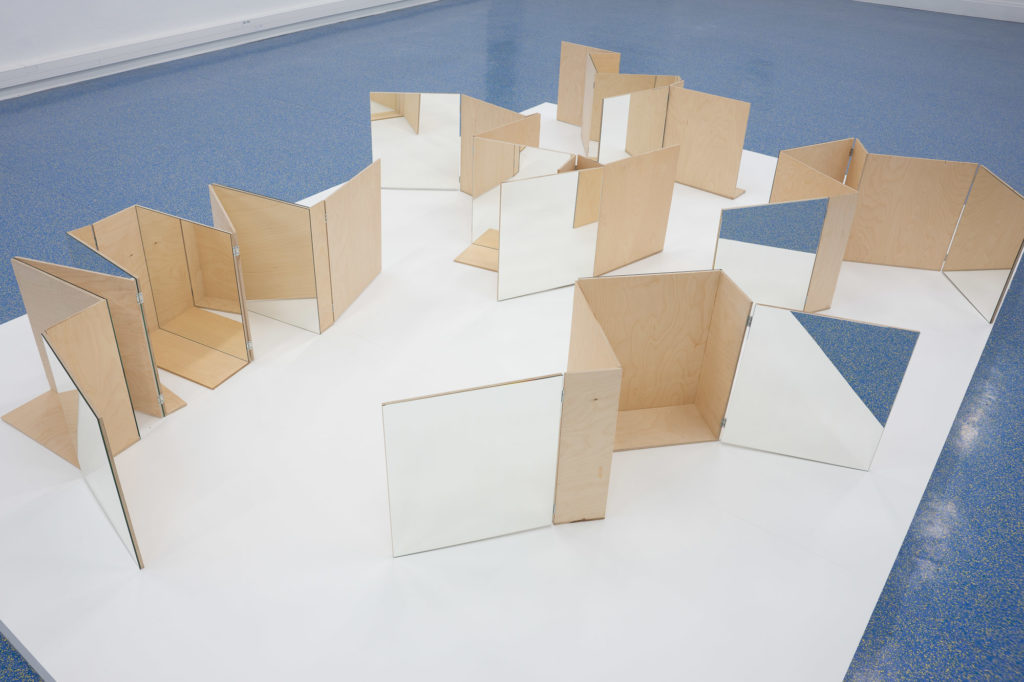
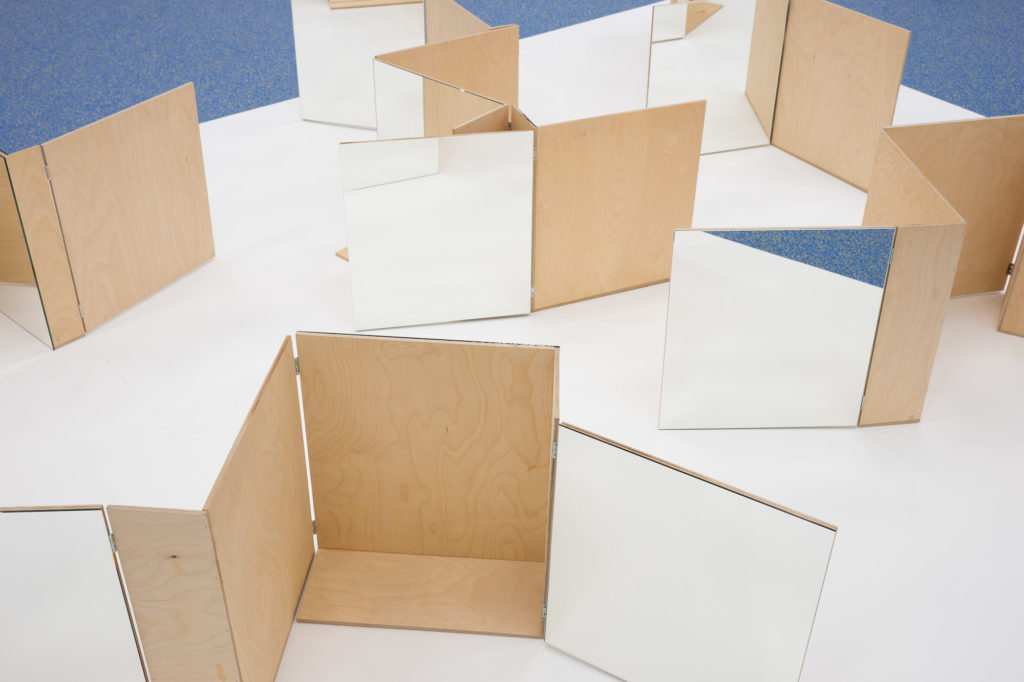
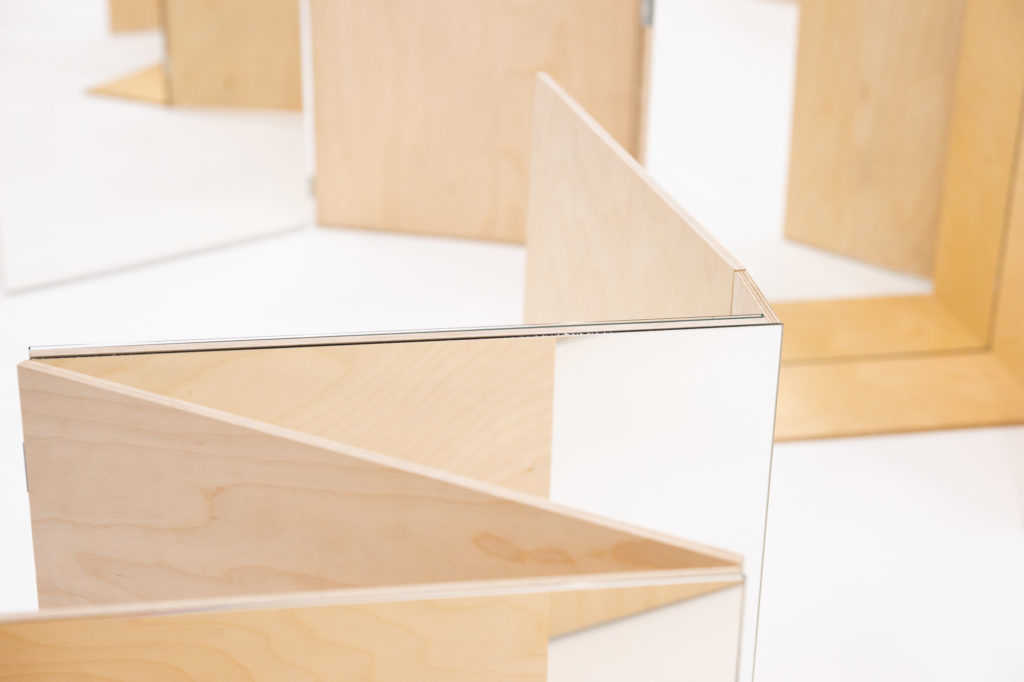
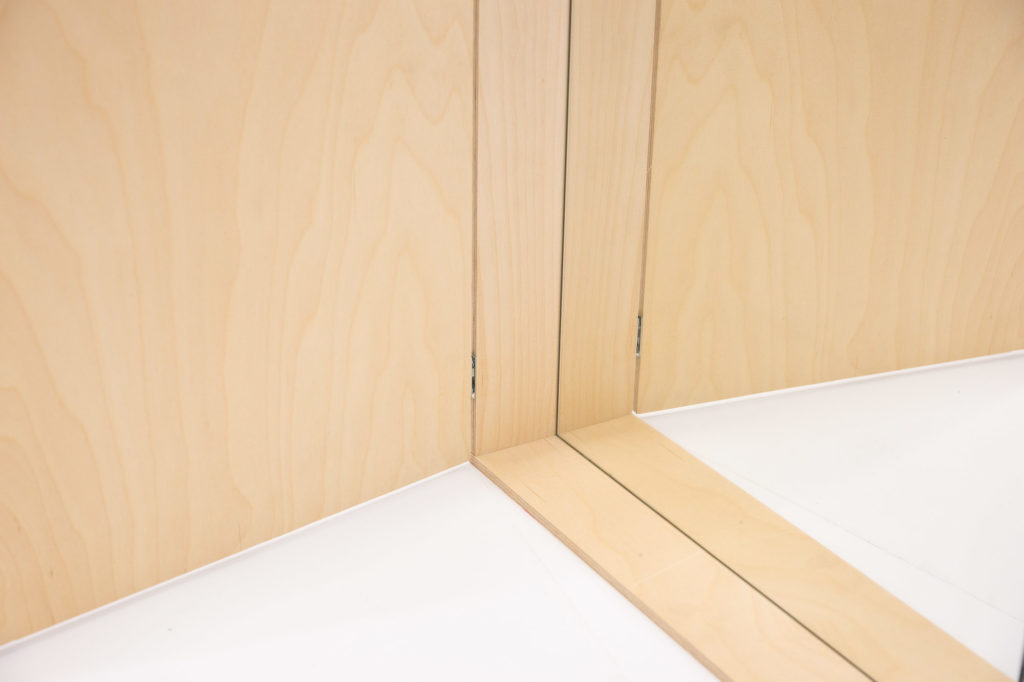
R
Sergio Verastegui’s solo exhibition
Curator Julia Cistiakova
Opening January 5th 2020 at 11:30AM
5th January – 6th February 2021
The world is given to you in fragments/in splinters:
Mario Santiago Papasquiaro, Jeta de santo.
The title of Sergio Verastegui’s personal exhibition R comes from an English expression “How/R/U/(?)”, that artist uses to entitle his three last one-man shows. This abbreviation brings up the idea of deconstruction in language, and, later, in arts, previously developed by Martin Heidegger, and finally systemized by Jacques Derrida in the 60’s.
These ideas of deconstruction in the symbiosis with the artist’s personal experiences bring to the public two bodies of works: Anti-retables, 2017, and Mobiles, 2020. The meaning of these installations could be described as experience. Sergio Verastegui finds unique ways to push the idea of experience as the most important factor in making and seeing art. The artist’s experience is coupled to the experience of an observer encountering art. Like meaning, art begins to reside in the space between the experiences of the artist and the world/viewer.
The concept of the series Anti-retables takes its roots in one of the poems by a Mexican poet Mario Santiago Papasquiaro. Papasquiaro is also known under his alter ego Ulises Lima, a fictional character in the Roberto Bolaño’s novel The Savage Detectives. Inspired by the idea of retable in the Papasquiaro’s literary oeuvre, the artist decided to travel to Mexico and follow the steps of Lima’s mythical character. The idea of becoming someone else, a kind of de-construction of the Self, mixed with the idea of religious winged retable, that could be enclosed by several movable wings, push the artist to think what could anti- retable be. A self-observation brings Sergio Verastegui to the idea of Anti-retables as articulated modules, built out of wood and mirrors which parts refer to the exact measurements between the articulations of his own body. The Anti-retables function as a projection of the view and the viewer, of the environment where they are exhibited. Placed on the low plinth, the Anti-retables do not reflect the spectator’s face, which makes work more anonymous; only the viewer’s trajectory becomes important. Mirrored reality and literary fiction, absence of the inner and the outer brings the situation to a topological contradiction. Linked to the religious paintings and its secrecy per se, the Anti-retables pose a question of what, finally, the work of art is? Is it an object in the exhibition space or is it just an idea of the object in the spectator’s mind? Is it an experience of fragmented reality united with artistic concept or a new reality experience?
Following the idea of sacred, in the Mobiles series Sergio Verastegui combines the elements of religious painting, such as 24 K golden leafs, and the measurements between the articulations of his body, exactly like in the Anti-retables. The idea of body measurements and fragments is a strong part of Sergio’s artistic oeuvres in general, and is linked to articulation of the language. French philosopher Jacques Derrida characterized the pauses between the words, fragments of phrases, the imperfection of symbolic thought and words in our own consciousness by the statement that “there can be no successful speech act.” According to Derrida, a destruction of the idea of meaning leads to a better understanding. Art can also be described in these same terms of semiotics because it is “visual language.” Thus, for Sergio Verastegui the fragment becomes a significant part of his concepts.
The Mobiles are made of wooden bars painted in white and 24K gold. In religious settings, the gold color is synonymous with divinity and power. Widely used in pre-Christian and Christian religions, the shine of gold, its indestructible nature, its relative scarcity made it an ideal material to embody divine qualities, but also to express human veneration of the divine. Influenced by religious paintings in the churches of the former Spanish colonies–Peru, Mexico, Argentina–Sergio Verastegui started to integrate gold leafs into his works several years ago. Fascinated by Mexican artist Mathias Goeritz’s monochromes in the Luis Barragán House in Mexico City, Verastegui comes up with an idea of a golden leaf as a second skin, a layer of matter. The use of golden leafs in the Mobiles also reinforce the religious origins of the series of works, which, in artist’s opinion, have a strong political aspect. The Mobiles are not a projection, but are built upon the idea that is projected. They are suspended from the ceiling, thus creating a strange atmosphere of a presence of a fragmented body in the space. Here again, the artist comes up with the idea of fragment and measurements, interrogating question of a matter of body and subjectivity, thus trying to criticize Cartesian methods of how mind and body interact.
Deeply meaningful ideas of artist’s creative process and esthetics of the exhibition, where the visitor becomes a fragmented part of the installation, create a mystic environment where one can experience his body in another way.
Julia Cistiakova
The Anti-reatables series was conceived as part of a Support for an Artistic Production / Research by the CNAP, obtained in 2016. Produced with the support of the Frac-Artothèque du Limousin (2017).
The Mobiles series was produced during one-week residency in Privas in October 2020 with the support of the Privas Theater.
LA GALERIE /
ESPACE D’ART CONTEMPORAIN
DU THEATRE DE PRIVAS
Pôle Bésignoles, Route de Mines,
F-07000 Privas
+33 (0)9 70 65 01 15
galerie.exposition@theatredeprivas.com
Wed. – Sat.
2 PM-6 PM
Free entrance
